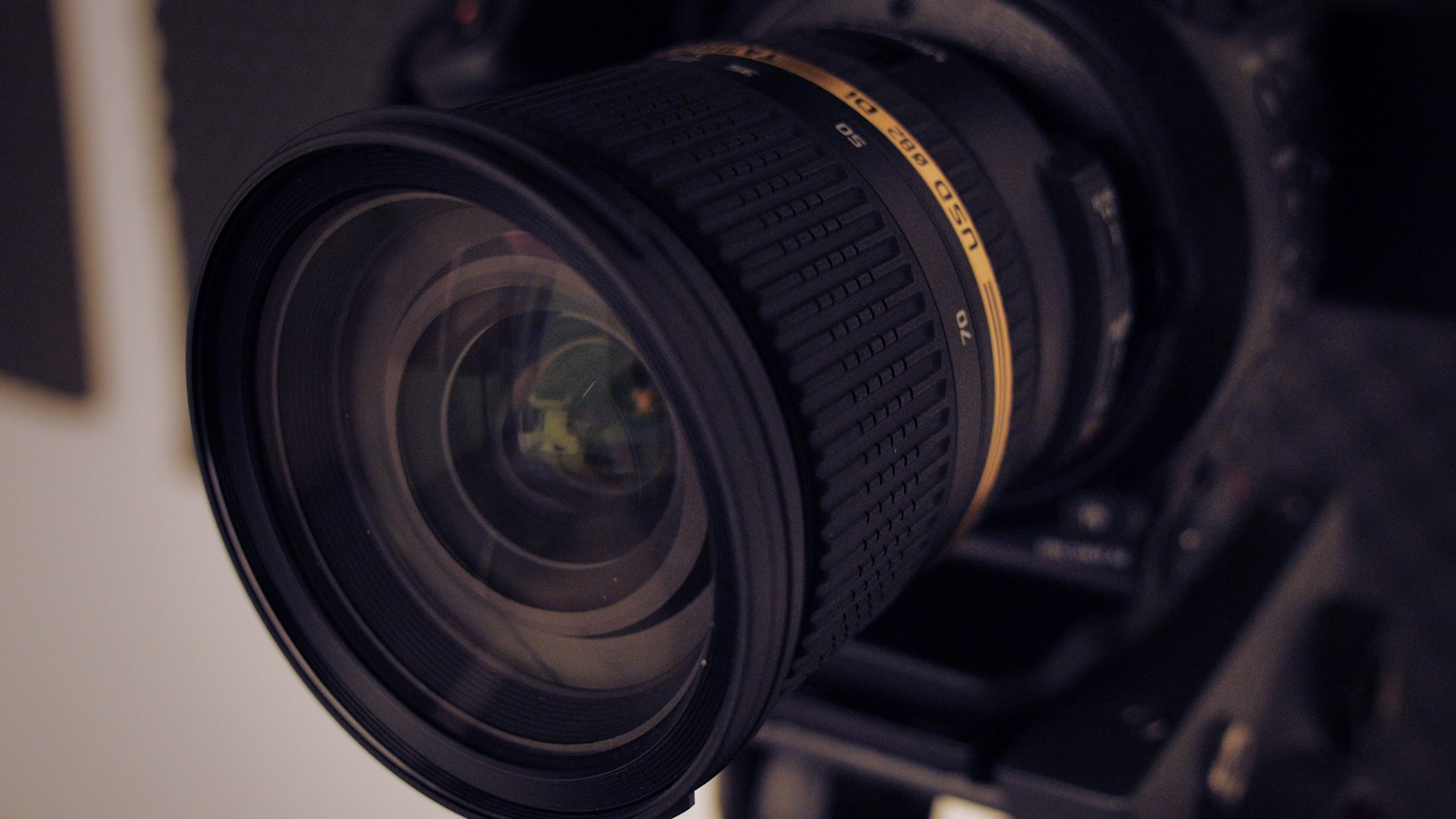As we move further and further into a new generation, we occasionally find ourselves resisting change and fighting to prolong the usage of whatever processes and methodology we have found reliable in the past. There are times when the old ways are the best ways; however, we must always be willing to adapt to the changes that can be of great use to our cause. Many longstanding businesses have been working with Microsoft Powerpoint for decades, and are resistant to today’s rapidly popularizing standard of digital video. Maybe you’re a business owner or a recruiter who is currently on the fence about whether or not a video presentation for your material is really necessary. So, which is the superior method of presentation? Which one will better keep the audience engaged, is more cost-effective, and communicates data more succinctly? What, if anything, can a video presentation offer you that a PowerPoint presentation can’t?
The very first iteration of PowerPoint was launched by Microsoft in 1990. Since then, it has been used in schools, offices, and meetings to convey important information to large groups. The software was initially created to make that raw information more engaging through interactive bullet points, seamless transitions, and real-time graphics. However, as we move further and further into the digital age, the effectiveness of this tactic is beginning to wane. In the same way that a blade which is frequently used eventually becomes dull, PowerPoint presentations have now become equally as easy to tune out as the original paper printout method. Recent alternatives, such as Prezi and PowToon, have offered further variations and spectacle, but ultimately face the same limitations as the PowerPoint software does. With video, there are no limits.
Motion Graphics
You would be amazed how much a properly animated title or logo snaps your audience to attention. In today’s world, we’re predisposed to hone in on impressive visuals. While more recent versions of PowerPoint do offer some nifty motion options between slides and bullet points, it can never compare to what a trained motion graphics designer can do from absolute scratch. For example, PowerPoint is able to fade in and subsequently fade out a picture of the planet earth. But with motion graphics, you can have the planet earth can bounce into the scene, rotate on an axis, and zoom to somebody’s back yard. There are limits to the technology available; but for the most part, anything that you can imagine, you can create.
Sound Design
Sound design is PowerPoint’s largest area of weakness, as the software can only incorporate sound elements on a slide-by-slide basis and can only use pre-existing sound that is brought in from outside the program. There exists no such weakness in a video presentation. Using professional editing techniques, a production studio can implement music, sound effects, and recorded voiceovers into your presentation to give it that extra ‘oomph’ and snap your audience to attention right away.
Efficiency
Not only do video presentations help the masses to better absorb and comprehend your messages, but you can also save time and energy by making the switch from PowerPoint to video. Rather than using a laser pointer to target your main points, let motion graphics draw attention to them with impressive visuals. Rather than having a speaker try to recreate the same presentation several times, you can make a single video presentation and have it do all of your work for you. Rather than having a single speaker exhaust himself or herself delivering your message, you can implement the knowledge and presence of four to five speakers using brief video interviews. Rather than asking dedicated personnel to spend hours at a time transcribing information into slides, let the production company carry that burden so that you can better use that time to focus on your business’ needs.
PowerPoint and its sister softwares have been a valuable asset for many years, and have served the population well. However, as of today, there is nothing PowerPoint can do that a video presentation cannot do better. Objectively, the time has come to move on to something more innovative. As we move forward, techniques and tactics will continue to change. As new tactics become the norm, the old tactics become less and less effective. With the right tactic, you can grab the attention and secure the focus of your target audience with a stunning visual experience that will leave a real impression on them. It’s important to continue to be open to change, and to be ready to embrace new and improved marketing tactics as those tactics become available.





 604 E Joppa Road
604 E Joppa Road